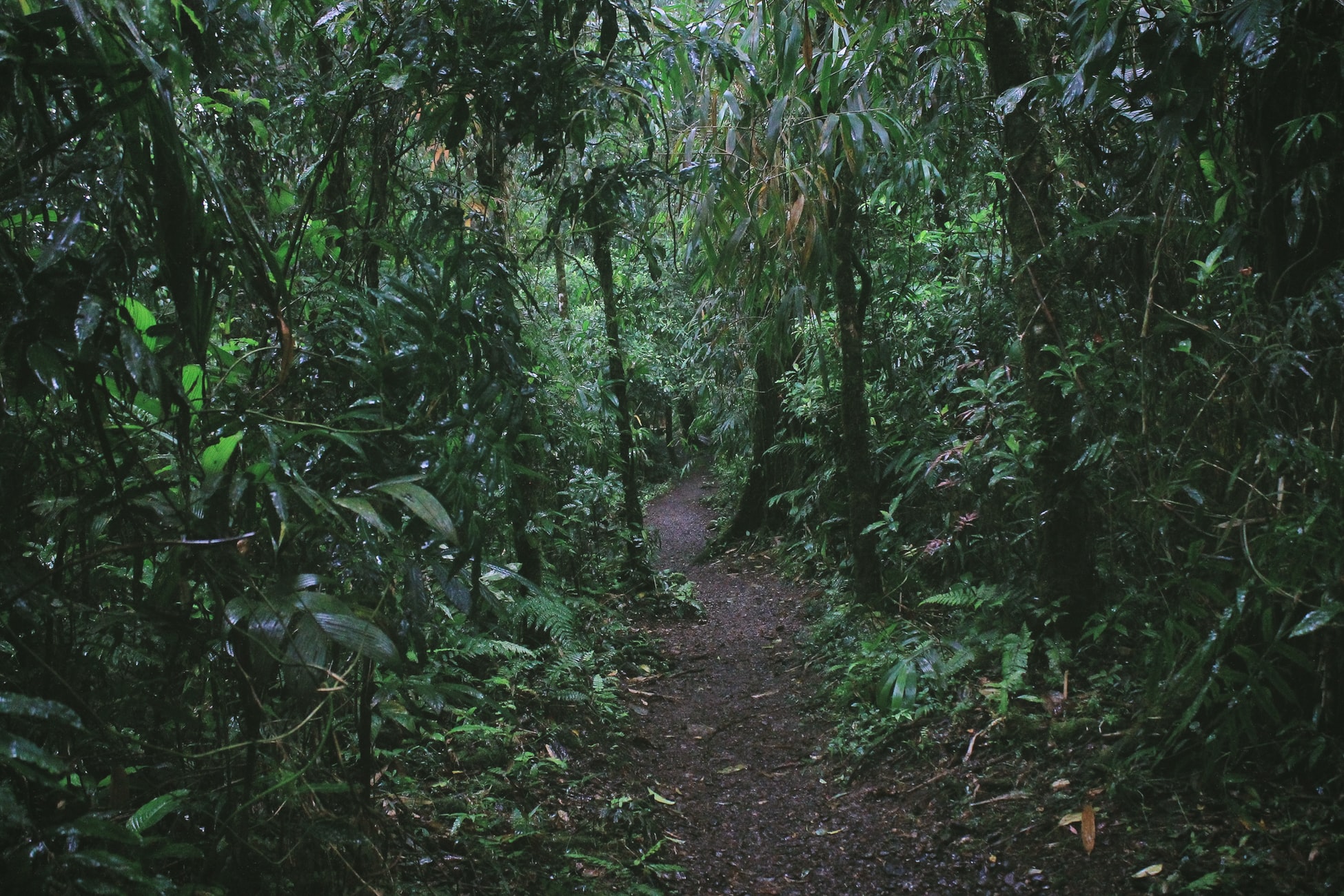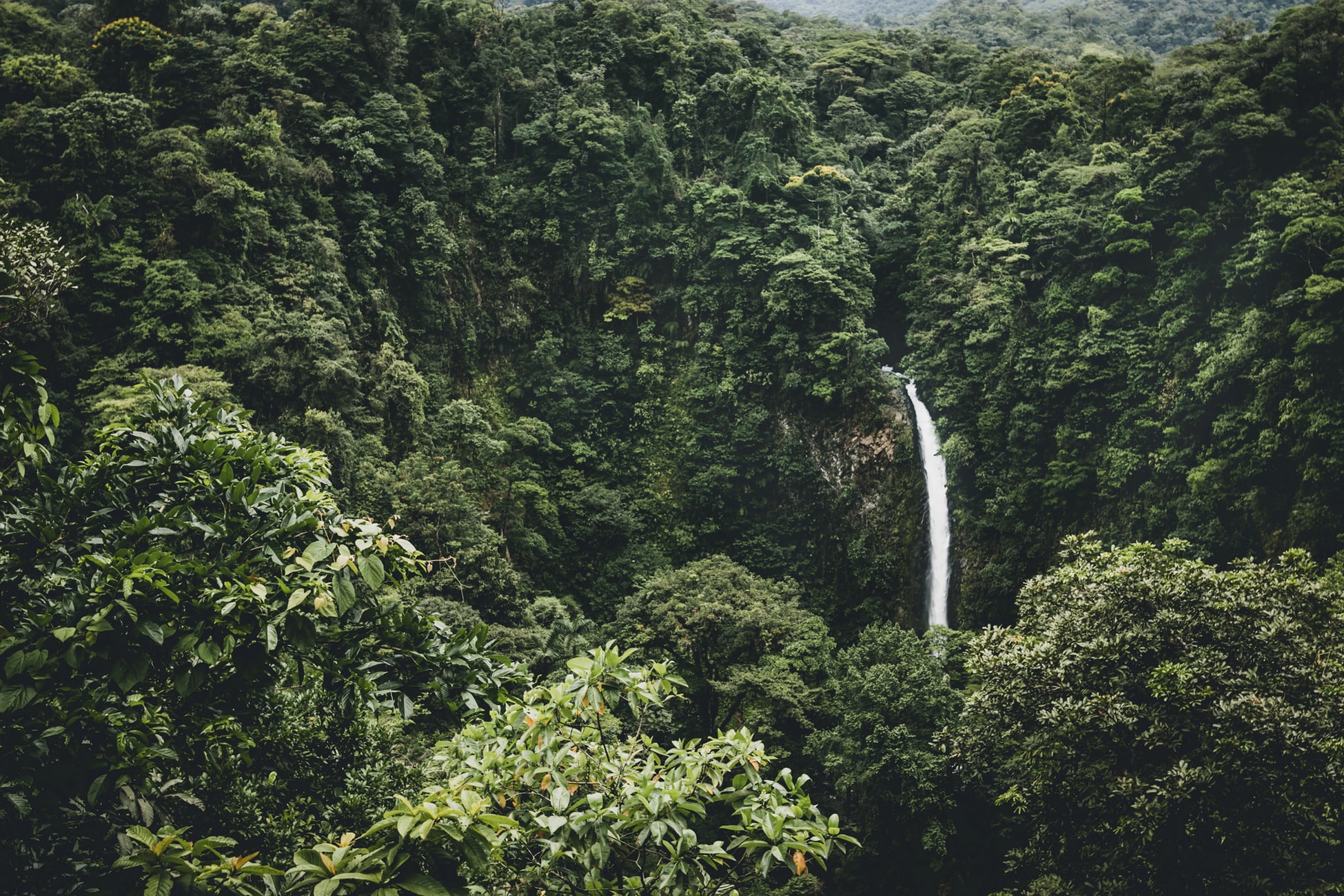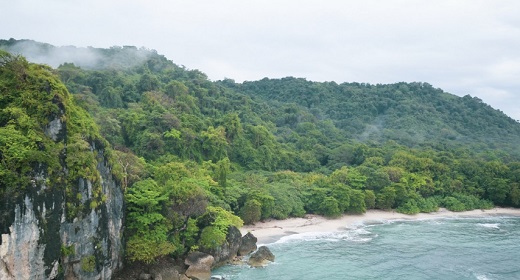by Fino Mendez: Massive reforestation is possible and Costa Rica is an inspiring example of how to do it…
Following decades of deforestation, Costa Rica has doubled its forest cover in the last 30 years. Over half of the country’s land surface is now covered with trees, creating a huge carbon sink and a big draw for tourists. Forest now accounts for 52% of the country’s land surface area, up from 26% in 1983.

HOW DID COSTA RICA MANAGE TO DOUBLE ITS FOREST COVER IN UNDER 30 YEARS?
In the early 1980s, Costa Rica began to realise the potential of its rich ecosystems and set about safeguarding them, with policymakers restricting the number of logging permits and creating a national forestry commission to police forest activity.
Costa Rica is taking huge proactive steps to become the first country in the world to become fully carbon-neutral by 2050.
The tiny nation is already well on the way. Currently 98% of its energy is produced using renewable sources, and by 2040, Costa Rica plans to reduce the number of vehicles on its roads by 50%.
The agriculture and garbage sectors are following suit, employing new waste treatment plants, and recycling and composting systems to control emissions from landfills.
The success of Costa Rica is due to 3 factors:
- Ethics
- Environmentalism
- Effective public policies.
A trio of factors that many governments would be wise to adopt as the central axis of all planning.
As Costa Rican President Carlos Alvarado has rightly said: caring for the environment is “the great task of our generation”.
Sources: TheCostaRicaNews & NewYorkTimes







IN OTHER COSTA RICA NEWS
HOW COSTA RICA AIMS TO BECOME THE WORLD’S 1ST SINGLE-USE-PLASTIC-FREE AND CARBON-FREE COUNTRY
How a country of under five million people has become a world leader in developing holistic policies that promote democratic, sustainable, and inclusive economic growth. Learn more.
COSTA RICA COMPLETELY BANS STYROFOAM CONTAINERS
The law that comes into force in 24 months bans the import, marketing, and distribution polystyrene containers nationwide. Learn more.
















































